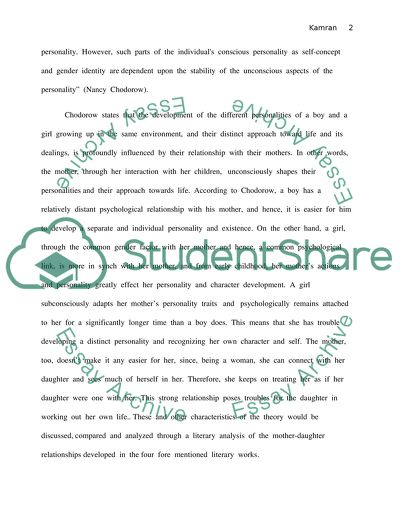Cite this document
(“Freuds Psychoanalytical Theory Book Report/Review”, n.d.)
Freuds Psychoanalytical Theory Book Report/Review. Retrieved from https://studentshare.org/miscellaneous/1509650-freuds-psychoanalytical-theory
Freuds Psychoanalytical Theory Book Report/Review. Retrieved from https://studentshare.org/miscellaneous/1509650-freuds-psychoanalytical-theory
(Freuds Psychoanalytical Theory Book Report/Review)
Freuds Psychoanalytical Theory Book Report/Review. https://studentshare.org/miscellaneous/1509650-freuds-psychoanalytical-theory.
Freuds Psychoanalytical Theory Book Report/Review. https://studentshare.org/miscellaneous/1509650-freuds-psychoanalytical-theory.
“Freuds Psychoanalytical Theory Book Report/Review”, n.d. https://studentshare.org/miscellaneous/1509650-freuds-psychoanalytical-theory.


